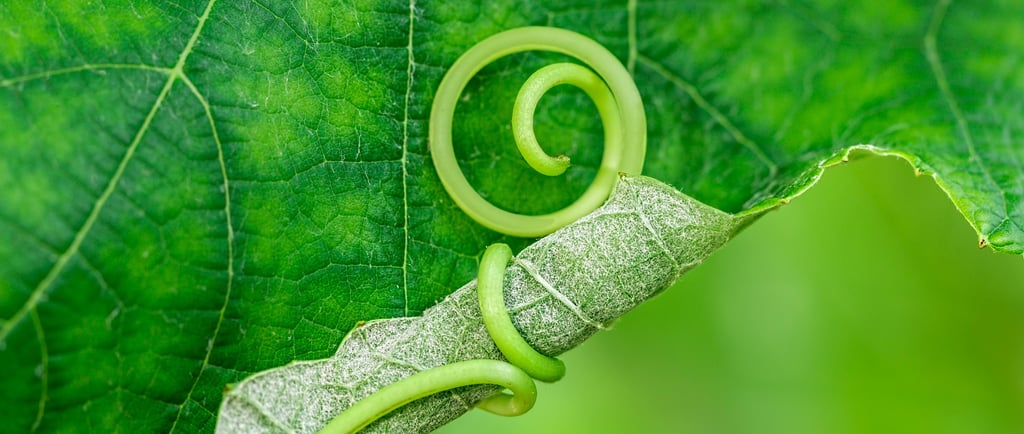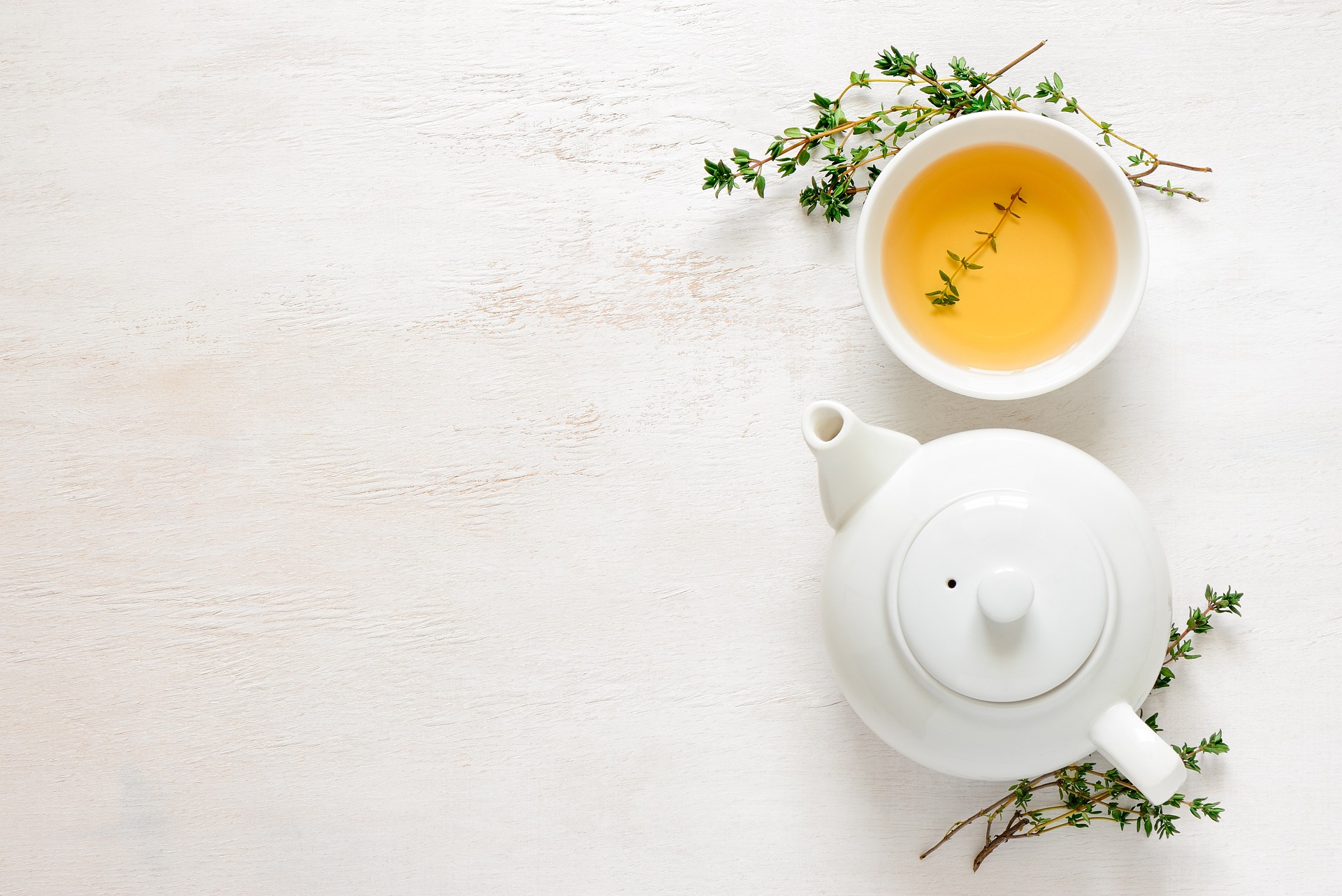🌿 The Great Climb 🧗♂️ A Story of Stems ✨
🌿 A follow-up story that branches from The Stem chapter in the Biology Album. 🌱✨ This Story invites children to discover how plants compete for light through an astonishing variety of strategies—some stems stand tall, some twist and cling, and others crawl or sprawl along the earth.This story reveals the invisible intelligence of stems adapting to their environment. 🌾🌍 It connects to other plant explorations of seed growth, roots, and food storage beneath the ground, showing how the stem bridges what is hidden below with what reaches above. As children observe tendrils spiraling, hooks grabbing, and runners spreading, they begin to see the story of movement, adaptation, and cooperation in the plant kingdom. 🌞💚 🍃🌻
BIOLOGY STORIES
3/27/20254 min read


🌿 After the petals of spring have fallen and the trees no longer steal the show, another part of the plant quietly begins to stretch, reach, and explore...You might be thinking, “It’s the leaves!” 🍃
And yes—it looks like the leaves are doing all the reaching. But who is lifting the leaves into the light? Who is doing the pushing, holding, and stretching from the ground up?
That quiet, hardworking part is the stem. 🌱 Strong or slender, straight or spiraling, the stem is the one on a mission: “Take the leaves to the sun!” ☀️🍃In the world of plants, there is always a race for light. ☀️🍃Leaves need it to make food, and it is the job of the stem to lift those leaves up into the sunshine. But not every plant solves this problem the same way. Some stand tall and proud, while others get creative. 🎨🌿 But before we look closer, I wonder if you remember...what are the different kinds of stems. Some stems grow above the ground—those are aerial stems ☁️🌿 Others hide and grow below the ground—those are subterranean stems. 🌱🕳️ which means underground. These stems store food for the plant like the crocus and the onion from the story we have explored the other day .
Plants are very clever.Some made their stems soft and green—those are called👏 herbaceous 👏 stems. Herbaceous comes from the Latin herba, meaning “grass.” Some made them hard and thick, able to grow very tall 🌳 those are called woody. Trees and strong shrubs have woody stems, standing strong year after year. Others are in between and are called shrubby stems. 🌿 They’re tougher near the ground and softer near the tips. Not as tall as trees, but not as soft as grasses either.
Some stems grow straight up, tall and confident.💪 They don’t need help from anything. We call these erect stems. 👏E-rect 👏 The word comes from Latin—erectus, meaning “to set up” or “to stand tall.” Like a sunflower🌻, or a rosebush 🌹 holding its blossoms toward the sky, they grow upright without support, as if saying, “I can do this on my own!” ✨🌞
But not all stems stand tall and confident. Some stretch out along the ground, crawling low like scouts on a mission. 🕵️♀️ These are the procumbent stems. 👏Pro-cum-bent 👏 From Latin procumbere, meaning “to fall forward.” Strawberries 🍓 grow this way, sending out runners that root into the earth and grow new plants as they go. If you follow a strawberry vine you wil find a baby plant at the end! That’s a runner in action! 🏃♀️🌱
But not all stems are so independent. Some reach toward the sky with the help of others. These are the climbing stems—the quiet strategists of the plant world. 🤫🌿 They don’t stand up by themselves, but they always find a way to get to the light. ☀️🍃✨ Let’s take a closer look... (🖼️ show Chart N and Chart O and Chart P )
Here are different climbers! Can you see how one of them wraps its whole body around the support, these are twining climbers . 🌪️ Twining climbers twist—like they’re hugging their way up!
Beans 🫘 do this, and honeysuckle too. Have you ever seen a bean plant in the school garden curling around a stick ? It’s like they’re doing a slow, leafy spiral dance! 💃🌿
And another type sends out curly green fingers to grab on, these are tendril climbers. 🌱 A tendril is like a tiny green finger 🖐️ that curls out, grabs onto something nearby, and pulls the plant along.
Grapevines 🍇 use tendrils. So do sweet peas 🌸. Maybe you’ve opened your lunchbox and seen grapes—that fruit grew from a plant that climbed using tendrils!
And then there are the hook climbers. 🪝Climbing with hooks. Instead of twining or grabbing, they use curved little thorns that hook onto things. Raspberries and blackberries 🫐 climb like this. Have you ever gone berry-picking and felt a little snag on your sleeve? That was a hook climber saying, “Hold still, I’m going up!” 😄
And in the shadowy corners of the plant world, there are stems that do something quite unexpected... 😮 They grow on other plants—not just climbing them, but stealing from them. 😯
These are the parasitic stems. 👏Par-a-sit-ic 👏 From Greek para meaning “beside” and sitos meaning “food”—to eat at someone else’s table! 🍽️🌱 Mistletoe is one of them. You might see it hanging up at holiday time 🎄—but in nature, it lives high in trees, borrowing water and food from its host. 🌳💧
So many different stems, each with its own way to rise, reach, sprawl, or sneak. Each one with the same mission: get those leaves to the light. ☀️🍃
🌍✨ And now, after the big spring bloom, the stems are waking up. They are on the move. 🌱🌿
I wonder… 🤔 how many different kinds of stems are growing near us right now?
Which ones reach for the light all by themselves,
and which ones have learned to climb or crawl to get there?
Let’s go outside and look for them! 🏃♂️🌞
Let’s see who’s standing tall and who’s hugging, hooking, twisting, or sprawling.
Let’s collect specimens, take pictures, sketch what we see, and maybe even classify them. 🧺🔍🖍️
Let’s walk through the neighborhood and discover the great stem strategies all around us. 🏘️🌿
🌿 Dedication 🌿
This story is lovingly dedicated to my grandmother ,
who raised me among fields and trees, roots and rivers, buds and birds.
Her favorite place was always out there—
in the garden, the orchard, the vineyards or the open fields,
or among the farm animals she cared for like children. 🐄🐑🍐
Every bite of food she made carried the story of the land—
from apples to jam, from wheat to bread, from sheep to soft knitted socks. 🍎🌾🧦
Each meal was a quiet lesson in gratitude—
not just for the taste, but for the whole invisible chain that made it possible.
It was in her garden and in her stories that I first learned to observe,
to notice the silent work of stems, the secrets of soil,
and the language of wind whispering through the clouds. 🌬️
She taught me that nature is not something outside of us,
but something we are part of—connected, balanced, alive.
Her hands planted seeds, and her words planted wonder.
And in both, she gave me a gift I carry still:
a deep respect for the living world,
and the joy of telling stories that help others see it too. 🌸
Thank you, Grandma,
You was for me a mother,
the person who showed me how to listen with my eyes,
and love with my whole being. 🌾🌱💚 Rest in Peace, I will miss you.
With Montessori joy,
Vanina 😊

